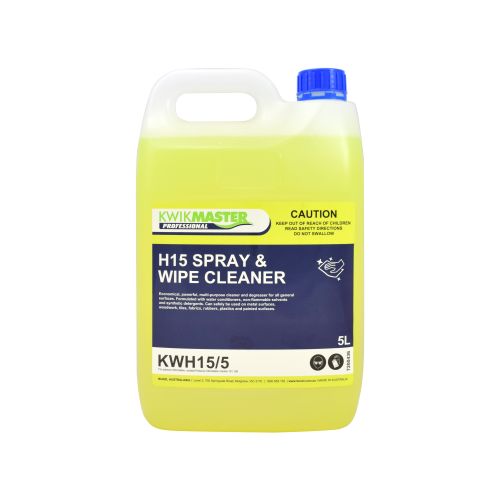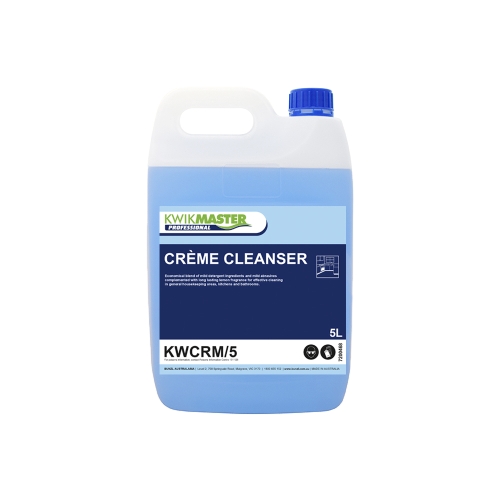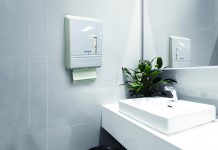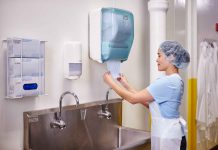Washrooms are often one of the highest-traffic spaces in a facility, leading to more frequent dirt, spills, and overall wear and tear. With an increased risk of bacteria and virus contamination if not cleaned properly or well maintained, washrooms often need extra – and unique – attention to ensure hygiene levels are maintained.
Considering employee health and safety to be at the forefront of washroom hygiene, a well-maintained washroom also makes good business sense, with increased productivity, less sick leave, and better worker morale among the benefits.
The unique environment of a washroom – namely high moisture and humidity levels, limited natural light and wet surfaces – can increase the chances of bacteria build-up. But with the right products and techniques, and having well-briefed cleaning staff, companies can streamline the maintenance of washrooms and minimise disruption to business.
Another unique consideration is maintaining the ‘life span’ of a workplace washroom. Floors, toilets, and sinks are prone to deterioration and stain if dirt, mildew, mould and moisture occur. The key to washroom longevity is a consistent cleaning roster, specialised cleaning chemical use and continual staff training.
Washroom Basics
Key areas in workplace washrooms that need frequent cleaning due to being high-touch point areas for washroom users include door and stall handles; sinks and counters; soap and towel dispensers; toilet roll holders; taps; toilet bowls, seats, lids, and flush handles. So, it’s important that cleaning staff devote the most time and energy to these areas.
A 2022 scientific review of washroom hygiene studies from 13 countries around the world concluded that hand towel dispensers should be regularly replenished and bins covered and emptied often. Installation of UVC lights – which can help destroy a wide range of microorganisms, including bacteria, viruses, mold, and fungi – and good air ventilation can be helpful, too.
Product Applications
Different cleaning chemicals do different jobs, so it pays to be aware of the correct usage for each.
For removing inorganic and organic materials (such as grime and soap scum) from baths, showers, sinks, tile and grout.
For grease and dirt stain removal and deodorising of general surfaces including metal, tiles, rubbers, plastics and painted surfaces.
For sanitising and deodorising toilet blocks.
For removing scale, uric encrustation, toilet stains and algae growth.
For neutralising surfaces contaminated with organic waste and urine and masking unpleasant odours.
For killing bacteria, fungi and other viruses found on washroom floors.
For finger marks, water spots or other residues that appear on glass, mirror or stainless steel surfaces.
For disinfecting washroom surfaces such as sinks, toilets and floors.
By prioritising the upkeep of washroom facilities, organisations demonstrate a commitment to the health and happiness of their workforce, ultimately contributing to a positive workplace culture.
Download Kwikmaster Professional’s Commercial Cleaning Chemicals Flyer Here














